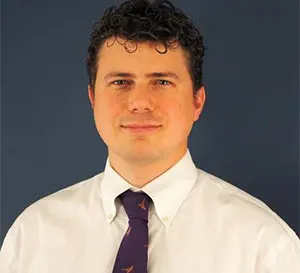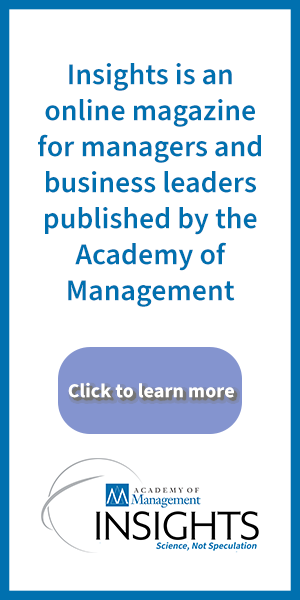Published on: April 14, 2025 at 8:41 pm
If you work for a bad boss at a dysfunctional or toxic organization, you can either find a new job or learn to cope with stressful conditions. But if you can get middle managers on your side, then you might even be able to start changing the toxic culture.
Academy of Management Scholar Bess Rouse of Boston College, who coauthored an Academy of Management Journal article with William Kahn of Boston University on this topic, said that toxicity appears in organizations as intolerance, bullying, narcissism, and other forms of destructiveness that demoralize employees and undermine organizational success. Senior leaders often perpetrate toxicity or fail to stem destructive behaviors.
“How do the people working underneath these intolerant, narcissistic, or destructive leaders respond in these toxic situations?” Rouse said. “It isn’t uncommon for me to talk to somebody who feels like they have one of these toxic leaders that they’re working under, but they don’t always have an idea of how to handle it.
“One option is to just leave, but we don’t always have that option to just leave, so then we think about, ‘How do we want to be? What kind of middle manager, if we’re in that position, do we want to be?” she said. “Do we want to be somebody who protects ourselves and has that toxicity cascade down the organization, or do we want to be somebody who buffers our employees and makes them feel protected?
“There are different ways of thinking about coping with a toxic workplace; we talk about this as workarounds for how you think about responding to those toxic leaders.”
Toxic organizations drain workers’ personal agency, undermining their capacity to act independently and make choices.
“Leaders’ toxic behaviors such as intolerance, bullying, narcissism, and destructiveness are all red flags, and we can be good leaders without having those behaviors,” Rouse said. “What we saw in that study was that these weren’t bad people—they were driven by anxiety about a lot of external challenges that were happening in the organization, and they just managed that anxiety by belittling other people and diminishing them.
“Obviously it wasn’t the most effective way, but that was their way of dealing with that pressure, and then we also found that that stayed in place because the senior team colluded around that, essentially, and no one stepped up and said, ‘We can’t keep behaving this way,’” she said. “It was actually the middle managers, those people who were better at shifting from absorption to differentiating among team members, which ended up challenging that structure in that type of toxic organization.
“Especially when that that top leadership team has become very insular and supporting of one another in a way that there are no new voices coming into that senior team, then the middle managers are left to have to do that that work of changing the toxic organizational culture.”












